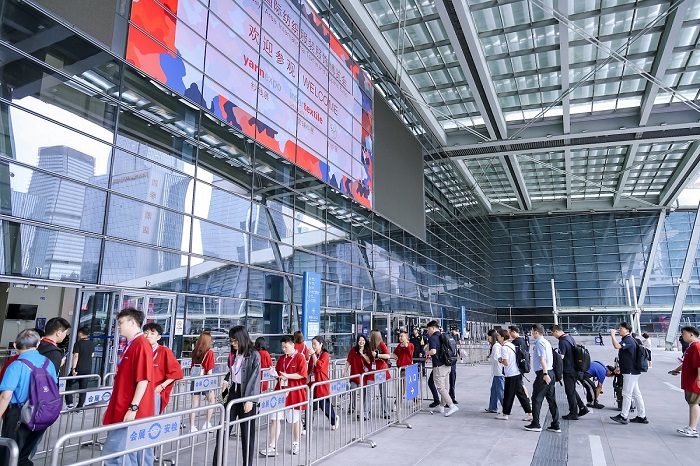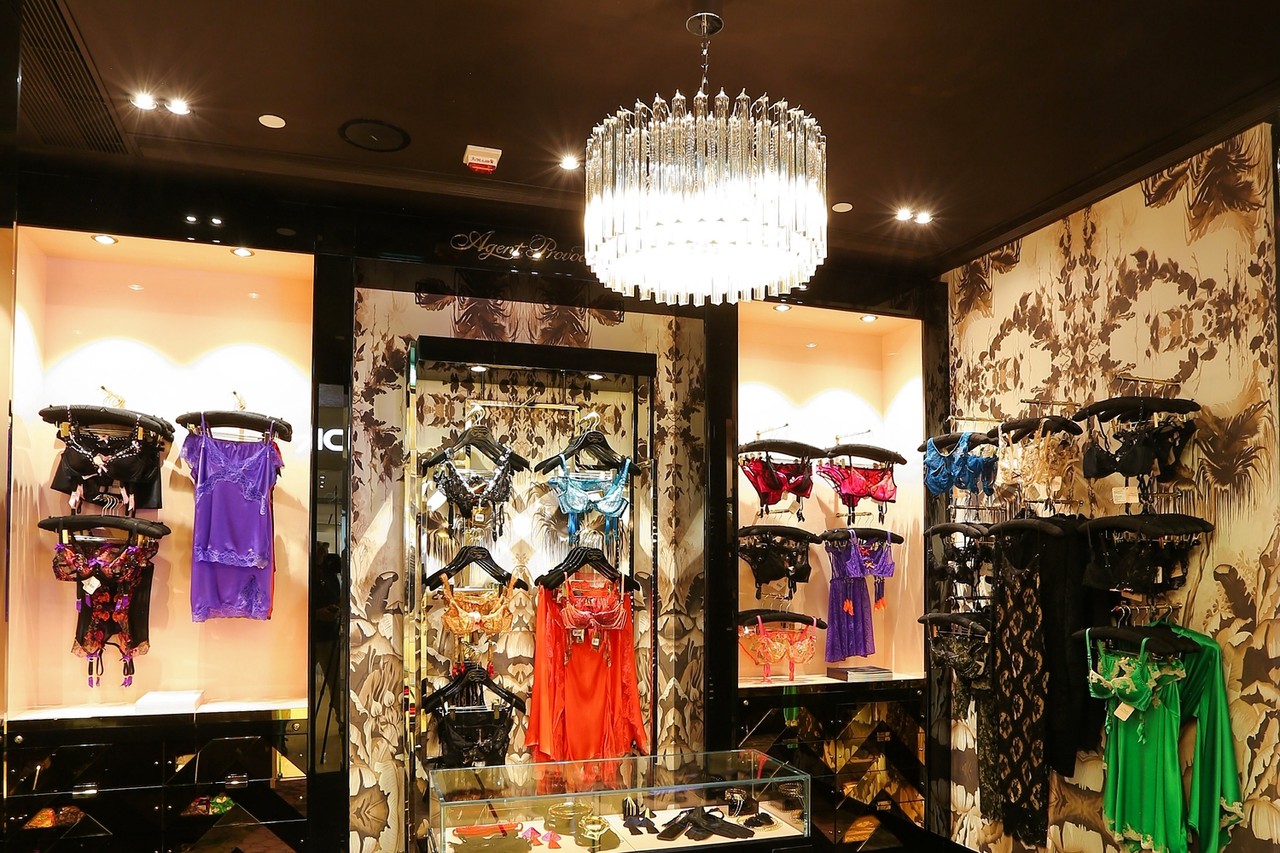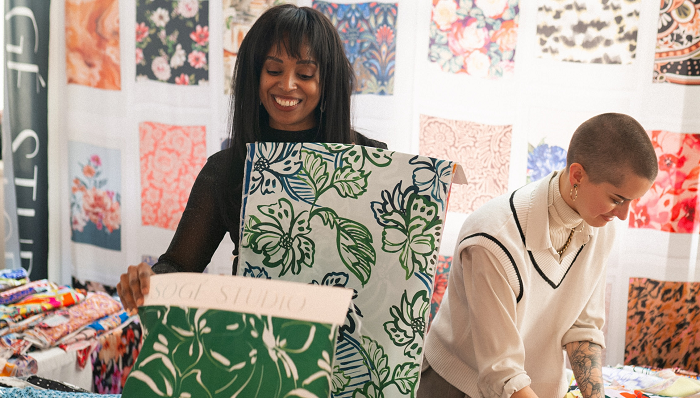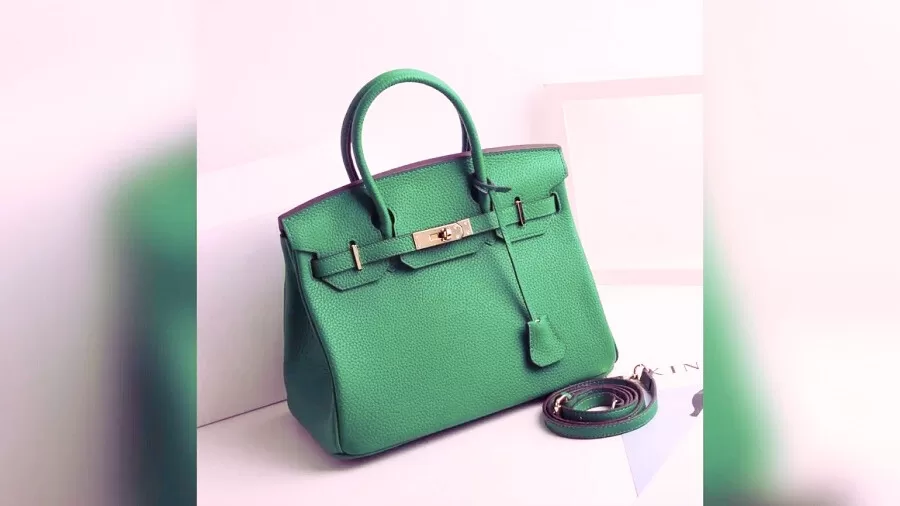FW
Workers at some garment and footwear units in Cambodia’s Special Economic Zones have gone on strike. Factories have been stoned, workers threatened and property destroyed.
Now garment manufacturers in Cambodia have urged the government to take action. They fear the strikes will spread to other industrial zones if there are no preventive measures. They have appealed to the Ministry of Labor and local authorities to implement their roles in curbing these strikes immediately in order to ensure security and safety for investors and workers who wish to work.
Thousands of garment and footwear workers at three Special Economic Zones in Bavet City had staged strikes about a week back to demand the $50 US that they claimed that factory owners had promised to give them when they did not join a post-New Year strike, which was organized by eight opposition-aligned trade unions in mid-April.
However, garment manufacturers have denied making such a promise and accused the opposition-aligned trade unions of fabricating this information after they failed to attract workers for their post- New Year strike. Wage disputes in Cambodia’s garment sector rage furiously. The garment and footwear industry, the kingdom's largest foreign exchange earner, comprises 960 factories with about 6,20, 000 workers. The sector earned $5.5 billion in revenues last year.
APLF's Materials, Manufacturing and Technology (MM&T) show was held March 31 to April 2, 2014, Hong Kong Convention and Exhibition Centre. MM&T is the meeting place for the global leather industry. This was the show’s 30th anniversary. Exhibitors from 50 countries and regions showcased their products. Exhibitors were from countries like Argentina, Brazil, China, Germany, Hong Kong, India, Italy, Japan, Korea, Mexico, Pakistan, Taiwan, Thailand, Turkey, UK and US.
More than 8,000 buyers from outside China and Hong Kong visited the fair this year, representing an impressive increase of 8.73 per cent in comparison to last year. Brazil was the focus at MM&T this year and 38 Brazilian companies exhibited at the fair. Representatives from Brazil presented several seminars at the Leather Forum on subjects such as traceability, environment and sustainability.
The Council for Leather Exports (CLE) from India participated and showcased products from 57 Indian companies. A wide range of finished leather, leather garments, fashion accessories and small leather goods were on display. The next edition of Materials, Manufacturing and Technology will take place on March 30 to April 1, 2015, same venue.
APLF is based in Hong Kong. It provides global companies a chance to trade and exchange information at a number of trade fairs. It organises a number of trade exhibitions which focus on fashion and lifestyle. These include Materials Manufacturing and Technology, All China Leather Exhibition, China International Footwear Fair and Moda Shanghai.
www.aplf.com/
Cintas Corporation has introduced its new AR Red Suiting collection made with DuPont Sorona renewably sourced fiber. The fabric reduces carbon dioxide emissions used in the manufacturing process by as much as 63 per cent. The collection was created in collaboration with Austin Reed and consists of options for both men and women.
Cintas’ partnership with Austin Reed has resulted in environmentally friendly and fashionable garments that blend functionality, comfort and innovation. Cintas is committed to identifying sustainable options that lessen the impact of its manufacturing processes.
Sorona is an eco-friendly, plant-based fiber made with renewable, naturally occurring starch. Garments made with Sorona are soft, strong and dry quickly. Sorona also helps fabrics stretch comfortably, stay wrinkle-free and retain their shape. Garments in the AR Red Suiting collection include blazers, slacks and skirts for women and blazers and pants for men. In order to keep wearers cool and comfortable, the blazers are fully lined with breathable Aerocool technology and feature multiple inside pockets for added functionality. The collection is offered in a full range of sizes, including petite.
Cintas designs, manufactures and implements corporate identity uniform programs, and provides entrance mats, restroom cleaning and supplies, tile and carpet cleaning, promotional products, first aid, safety, fire protection products and services and document management services.
www.cintas.com/
Textile technology firm Jeanologia has developed new uses for its e-soft resource saving nano-bubble technology, including the ability to apply 3D resins to denim, water repellent coatings, and wrinkle-free finishes to a wider range of clothing.
At the Denim by Premiere Vision, which will be held in Barcelona for the first time, Jeanologia will be showing new applications of its e-soft finishing technology that uses nano-bubbles to apply chemical finishes to textiles rather than water. Previously used for softening denim fabrics garments with minimal water usage and virtually no residues, this technology can now be applied to 3D resins, water repellent coatings, and easy care wrinkle-free fabric treatments.
Instead of using traditional continuous finishing processes, garment dipping or hand sprays, e-soft works by dissolving the chemical-based finish in a small amount of water and agitating the mixture into a fine mist of microscopic, chemical-laden bubbles. This impregnated fine mist is then fed into a rotating tumbler machine where the textile finish is exhausted on to the surface of the garment or fabric. It can be retrofitted onto existing equipment.
The application of softeners with e-soft provides the greatest savings in terms of electricity, water and chemicals, which are said to be 79 per cent, 98 per cent and 80 per cent respectively. The company also has plans to extend this technology to anti-microbial, microencapsulation, enzyme washes and garment dyeing in future.
www.jeanologia.com/
Indirect sourcing, a non-transparent practice of sub-contracting, is the root cause of safety risks and poor working conditions in the readymade garment sector of Bangladesh. Though indirect sourcing has helped boost the garment industry and Bangladesh's economy, however, global brands doing business in the country need to assess the overall condition of factories and address risks.
Indirect sourcing has become an essential feature of the garment sector in Bangladesh as a means of increasing margins and boosting production while keeping costs low. In the absence of regulation by the government, the prevalence of indirect sourcing has resulted in a supply chain driven by the pursuit of lowest nominal costs.
That means that factories receiving subcontracts are operating on razor-thin margins that leave concerns about safety and workers' rights perpetually unaddressed. However, subcontracting is a reality in the country’s apparel sector as many local readymade garment manufacturing units are not capable enough to do business directly with foreign buyers.
Bangladesh’s apparel makers say sub-contracting is not the sole risk factor and there are a few more. They say factories especially small and medium ones are not adequately compliant so they have no option but to depend on the indirect sourcing business.
Exports of textile products from Pakistan witnessed positive growth at 7.99 per cent in the first nine months of the current fiscal compared to the corresponding period last year. Textile products that witnessed a positive trade growth include: raw cotton exports which increased by 43.48 per cent. Exports of cotton cloth increased by 6.99 per cent while exports of yarn (other than cotton yarn) increased by 10.03 per cent. Exports of bed wear showed an increase of 21.39 per cent. Exports of readymade garments increased by 9.36 per cent.
On a year-on-year basis, textile exports increased by 6.39 per cent in March 2014 when compared to March 2013. On a month-on-month basis, textile exports witnessed a positive growth of 9.19 per cent in March 2014 when compared to the exports in February 2013.
Other textile products that witnessed an increase in trade include made up articles (excluding towels and bed wear), exports of which increased by 17.94 per cent. Textile products that witnessed negative growth in trade during the period include: cotton yarn, exports of which decreased by 5.93 per cent. Exports of cotton carded or combed decreased by 42.53 per cent, exports of towels decreased by 2.55 per cent while exports of tents, canvas and tarpaulin decreased by 23.84 per cent.
This year Cotton Council International (CCI) for the first time promoted the Cotton Leads program at the Heimtextil trade show in Frankfurt, Germany. Cotton Leads is a program that is committed to responsible cotton production. It stresses on sustainability, best practices and traceability in the supply chain. The program is initiated by Australia and the United States. It offers manufacturers, brands and retailers a reliable cotton supply chain solution and confidence that their raw material is responsibly produced and identified.
The Cotton USA booth attracted visitors from all levels of the cotton and home textiles industry and 10 companies from Europe and Turkey signed on to the Cotton Leads program during the show. Heimtextil attracts retail buyers as well as the first levels of the cotton supply chain from merchants to mills. The Cotton USA booth at Heimtextil was an important opportunity for CCI to present the global Cotton USA marketing and licensing program to all segments of the cotton supply chain based on the fact that many key companies in the cotton home textile industry are vertically integrated.
Heimtextil is the world’s leading trade show for home textiles. Cotton Council International staff and representatives from the US, Europe and Turkey attended Heimtextil exhibition during January 8 to 11, 2014.
www.heimtextil.messefrankfurt.com/
 The overall textiles and apparel imports by the US in 2013, stood at $105 billion, after crossing the $100 billion dollars mark in 2011. In 2013, imports increased by 3.8 per cent in value terms over 2011, hinting at a revival in consumer sentiments that were under pressure following the economic slowdown.
The overall textiles and apparel imports by the US in 2013, stood at $105 billion, after crossing the $100 billion dollars mark in 2011. In 2013, imports increased by 3.8 per cent in value terms over 2011, hinting at a revival in consumer sentiments that were under pressure following the economic slowdown.
As per a study by Wazir Advisors, overall imports by the US in 2013 stood at $81 billion, 4 per cent more than 2012. In volume terms, imports increased 4.6 per cent last year, more than value growth, which means average unit price (at consolidated level) has decreased from 2012. An analysis of value and volume change in US imports over last decade indicate barring 2006, 2007, 2008 and 2011, the average prices at consolidated level has decreased over the previous year. A long-term analysis of average prices, shows that in last two decades prices have come down tremendously.
Share of exporting countries and goods
China is the leading supplier to the US with 40 per cent share whereas Vietnam emerged as a distant second with 8 per cent share. However, Vietnam is the fastest growing supplier nation with trade registering 15 per cent growth in US dollars over the previous year.
Apparel was the largest imported category by with a share of 76 per cent and fabrics,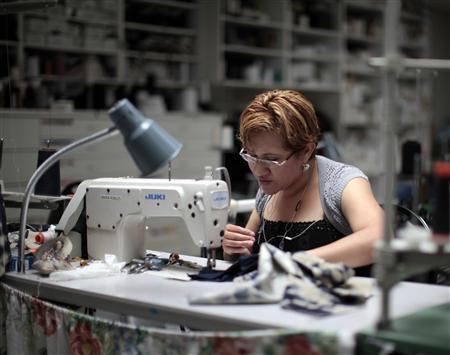 yarns and others (including home textiles) had a share of 6 per cent, 1 per cent and 17 per cent respectively. Among the top five apparel exporters to US, supplies from Vietnam and Bangladesh have grown in double digits over 2012, whereas Indonesia and Mexico were flat. China with maximum share of 37 per cent grew by 2 per cent.
yarns and others (including home textiles) had a share of 6 per cent, 1 per cent and 17 per cent respectively. Among the top five apparel exporters to US, supplies from Vietnam and Bangladesh have grown in double digits over 2012, whereas Indonesia and Mexico were flat. China with maximum share of 37 per cent grew by 2 per cent.
Nearly 75 per cent of US apparel imports (in value terms) are concentrated in top 10 categories that registered positive growth except, women’s/girls’ suits or dresses category, which was down by 0.4 per cent. Knitted category with a share of 53 per cent in value terms is bigger than woven apparel category and witnessed faster growth in 2013.
China and Vietnam are the top suppliers for both cotton and MMF based garments. However, for cotton garments Bangladesh is the third largest supplier whereas for MMF garments Indonesia holds the 3rd rank.
India’s export to the US
Indian textiles and apparel exports to US were $6.3 billion in 2013, up 7 per cent from 2012. Apparel was the largest category with a share of 51 per cent followed by others (including home textiles) which had a share of 43 per cent. Though maximum growth in 2013 was registered by fabric segment the trade value is small to make any sizeable impact.
Cotton based apparels is the largest sub-segment in Indian apparel exports to US with a value of $2.3 billion dollars in 2013, which suffered de-growth by 3 per cent over 2012. Manmade fiber based apparel exports is the second largest sub-segment with a value of $0.7 billion in 2013 grew at a much higher rate of 15 per cent over 2012.
Nearly 80 per cent of Indian apparel exports to the US (value terms) are in top 10 apparel categories. In 2013, the category of knitted men’s/boy’s underwear registered an exceptionally high growth rate. In addition, knitted jerseys and women’s shirts were the two categories with double digit growth rates. However, India’s largest exported apparel category to US – women’s woven suits, dresses, and skirts along with knitted T-shirts and track suits suffered de-growth. On an overall basis the apparel export from India to US grew by 6 per cent to reach 3.2 billion dollars.
Baltic Fashion & Textile Riga 2014 ended on April 6. This international textile industry fair is a major fashion and textile industry event in the Baltic region. There were 120 participants from 11 countries including Latvia, Lithuania, Estonia, Spain, Italy, Germany, France, Russia, Poland, Ukraine and India. They presented the latest casual wear and work clothes, lingerie and knitwear collections, a vast variety of fabrics, sewing accessories and state-of-the-art production equipment. The three day exhibition was attended by 9,721 visitors from 26 countries.
Latvian manufacturers offered original textile products of high quality fabrics like cotton, linen, silk and woolen clothes for different occasions, fine lacy lingerie, exquisitely patterned home textiles and a diversified range of auxiliary materials.
Latvian scientists and manufacturers presented the latest innovations. Visitors could learn about electronic elements integrated into textiles and clothing, amber thread production technology and the use of amber composite threads in a variety of textile products, hemp processing and hemp fibers in various home textile products – towels, blankets, curtains, tablecloths and napkins. Touch sensitive clothing with integrated light-emitting diodes attracted the greatest interest.
The event offered B2B matchmaking to enable textile, fashion and design professionals to develop interdisciplinary cooperation and develop new projects. The next Baltic Fashion & Textile Riga 2015 will take place April 16 to 18, 2015.
www.balticfashiontextile.com/
The All Pakistan Textile Mills Association (Aptma) has launched a media campaign against the government’s policies, particularly on the exchange rate. The central point of the campaign is a veiled threat of shutting down industries in Punjab – the stronghold of the ruling party.
In order to avoid unrest in Punjab during the peak summer season, Prime Minister Nawaz Sharif has constituted a cabinet panel to resolve issues. Central and southern Punjab are facing more than 12-hour-a-day load shedding after a sudden surge in demand due to rising temperatures. This has once again started affecting industries in Punjab.
Aptma feels the revaluation of the rupee has caused losses and that the energy crisis has also forced it to lay off employees. The appreciation of the currency has made the country’s exports uncompetitive.
Aptma is the premier national trade association of the textile spinning, weaving, and composite mills representing the organized sector in Pakistan. It represents 396 textile mills out of which 315 are spinning, 44 weaving and 37 composite units. These spinning mills have production facilities of texturing, mercerizing and dyeing of yarns; weaving mills have a sizeable number of air-jet looms, and the composite mills have manufacturing facilities from spinning to finished textile products under one roof.
www.aptma.org.pk/

